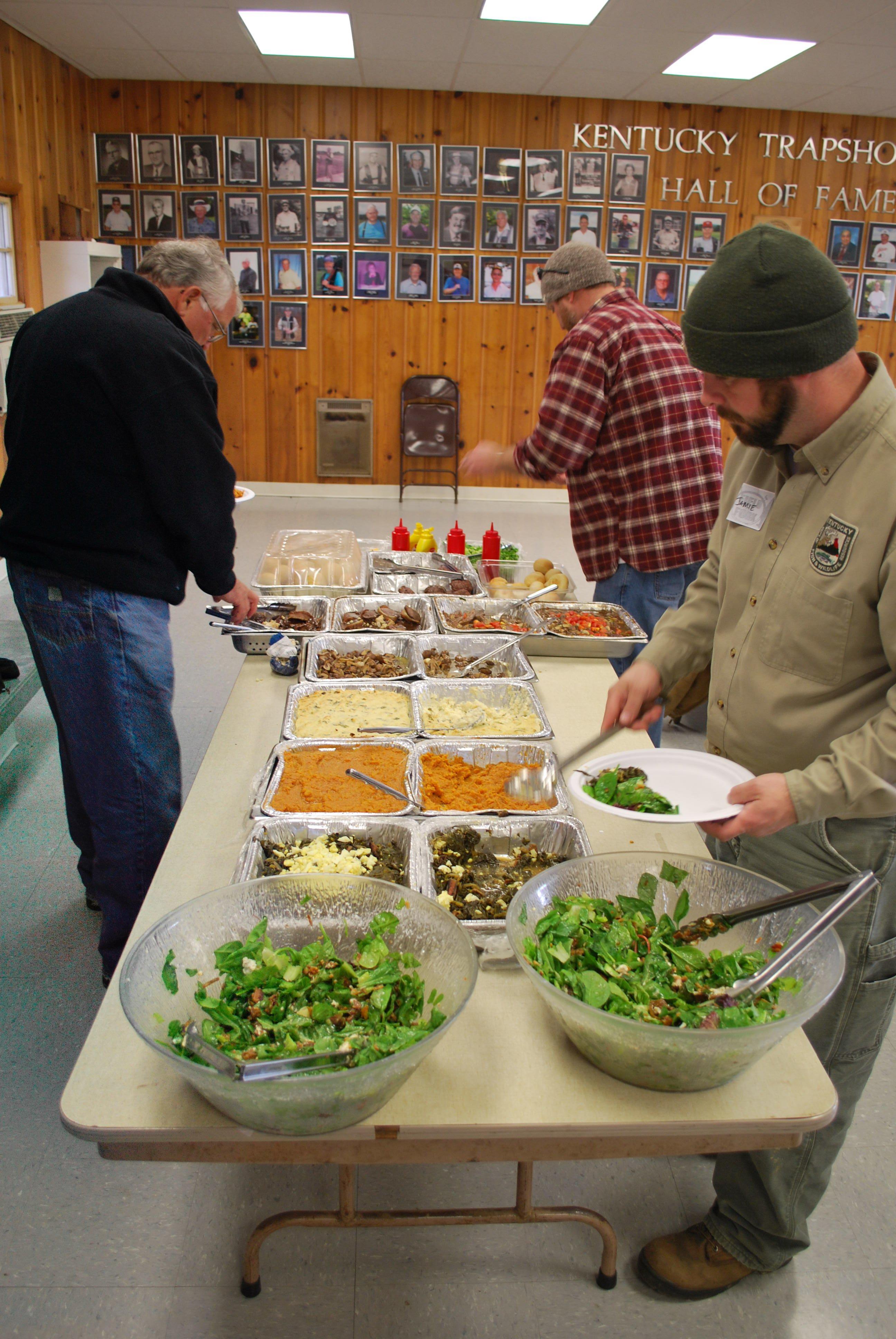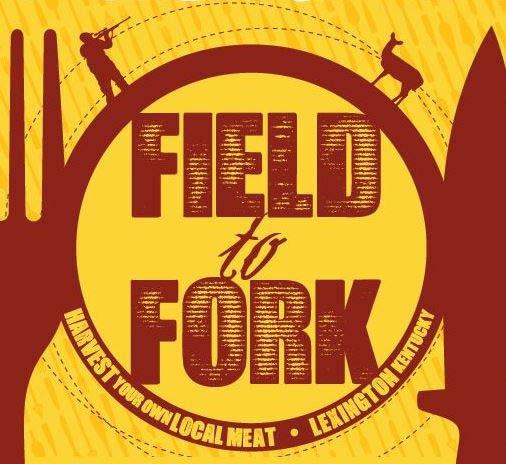Field to Fork, a New Way to Recruit Hunters
Pose the question, Why do you hunt? to just about any group of hunters and you are likely to get the same answers. Some will say they do it for the challenge of matching wits with a mature trophy buck. Some might answer that they enjoy the beauty and solitude they find afield. But the vast majority will answer that they do it for the meat.
It was this desire to procure organic, hormone- and additive-free red meat that struck Jamie Cook and Brian Clark of the Kentucky Department of Fish and Wildlife (KDFWR) as they sat around one day brainstorming ways to recruit new hunters. Why not capitalize on the natural foods movement that is gaining strength among urban and suburban residents? What could be more organic than wild game? With this question in mind, they set out to put together a program that emphasized wild game as a way to entice non hunters into the sport. Since deer season was in, the first class centered around deer hunting. The response was immediate and all available spots for the inaugural class filled quickly with an eclectic mix of men and women from all over the central Kentucky area.
In order to cover everything, the Department put together an extensive weekend program that basically amounted to Deer Hunting 101: What you need to know from field to table. By teaming up with a local culinary instructor, restaurant owner and avid wild game chef Mac McBride, University of Kentucky Extension Meat Specialist Dr. Gregg Rentfrow, and volunteers from the KDFWR, the class covered all aspects of deer hunting.


The field dressed deer were then taken to a station set up for butchering and processing. As Dr. Rentfrow butchered, participants were able to get hands on with the deer, see how the muscle groups fit together, and learn how to break down the deer into meal-sized portions. As the cuts came off the carcass, Chef McBride went over cooking techniques that best suited each muscle group.

The afternoon portion of the class covered the Hunter Safety program and range time with various weapons. At a cost of $55 per person, class participants ended the day with a Hunter's Safety Education orange card, a Kentucky hunting license and a deer tag, enabling them to legally take two deer in the state.
Realizing that many of these new hunters would not have access to private land to hunt on, volunteers from the KDFWR spent Sunday taking those that wanted to go on mentored hunts to a nearby state-owned Wildlife Management Area using Department-supplied crossbows. Clark reports that, six of the eight mentor-mentee pairs saw deer, and most of the six had deer within range but weren't able to pull the crossbow trigger due to brush, getting busted, etc. All great experiences for first-time hunters!

Even though the class portion is complete, the folks at KDFWR plan to keep up with the participants to help with any questions they might have as the season progresses. According to Clark, additional mentored hunts will be offered and an end-of-season social, complete with food and culinary tips from McBride, will be held. Chef McBride is also working on a cook book of venison recipes for each participant.
Initiatives like the Field to Fork program are just part of an overall push to recruit as many new hunters into the sport as possible. Other programs offered by the KDFWR include college hunting clubs that match new hunters with more experienced classmates in a mentor program, more traditional hunting presentations in urban and suburban settings and printed training material for new hunters.








